“Marketing is no longer about the stuff that you make, but about the stories you tell” – Seth Godin
The critically important art of positioning yourself as a credible subject matter expert and a ‘go-to’ authority in your field, has several options and for many, there is a growing conviction that the most compelling of these is the art of storytelling.
It is fascinating the see the difference between a good speaker and an average one. The consensus is that the difference that makes the difference in being affected emotionally by a speaker, is their ability to connect emotionally with the audience by means of stories.
One of the great innovators in the field of personal development, Dale Carnegie, was evangelistic about storytelling as a means of conveying emotion as well as data to his audiences, a conviction that has been proved right, especially over the last decade, where we have made more strides towards understanding the human brain than in the entire previous existence of mankind.
The advent of neuroscience and the creative use of MRI (magnetic Resonance Imaging) brain scanning has allowed scientists to view brain activity during various communication scenarios, where remarkable results, in the storytelling process as much as anywhere else, have shown just how effective a communication skill the art of storytelling actually is.
Scientists at Princeton University in the United States of America found that when brain activity was observed during a storytelling process, 2 remarkable things happened.
- The normal ‘data transfer’, or sharing of information in a logical sequence, is our traditional form of communication. In this instance, the neo-cortex, or rational, thinking brain is traditionally stimulated alone.
In the case of storytelling however, other areas of the brain would also ‘light up’, thereby indicating that when a story is told, we are both giving and receiving information using more of our brain than we would normally use.
- The brain of the storyteller was carefully monitored together with the brain of the receiver and what was fascinating to the scientists, was the fact that exactly the same areas of the brain in the listener were stimulated as the communicator – a harmony, or joining – of brain activity in fact.
Using a modern Idiom, this could be described as a ‘brain Bluetooth’. So we have discovered that storytelling is not merely an interesting form of communication, but it also stimulates the brain more than normal communication does AND there is this harmony – or brain Bluetooth.
Storytelling, in fact, has teeth!
But let’s not just respect the science – let’s give this theory the once-over from our own experience.
Cast your mind back.
Now there is the suggestion that most of us can associate either with the bargaining tool our parents may have used on us to soften the blow of having to go to bed, or perhaps more recently, the parents among you will recall using the bargaining power of a promised story for your children.
‘If you’re in bed in 5 minutes, I’ll tell you a story’ etc .
And it worked, did it not?
Bedtime stories are for most people some of their favourite childhood memories. And they landed all the better when told by someone who would use characterisation, accents and the full expressive range of volume, pitch, pause and modulation – the ‘light and shade’. The better the storyteller, the more engaged we were.
And it wasn’t just a story – we were living the adventure – going on the journey – with the characters. It’s a means of transporting the listener emotionally as well as rationally. The reason why Harry Potter has been so amazingly successful is because JK Rowling could spin such a good yarn, that children the world over don’t just want to enjoy the stories – they want to be the characters! Merchandising spin offs valued at £1bn reinforce the mania.
Now remember JP Morgan’s conviction that people buy into things emotionally, even though they may justify their decision rationally. The emotional connection of your audience with your communication is a thing beyond price.
Learn my unbeatable process for designing and telling your own stories – the scientifically proven way of engaging any audience in any scenario.
Grab your FREE Storytelling Genie below! These Simple steps that will transform any speech from ordinary to memorable.
